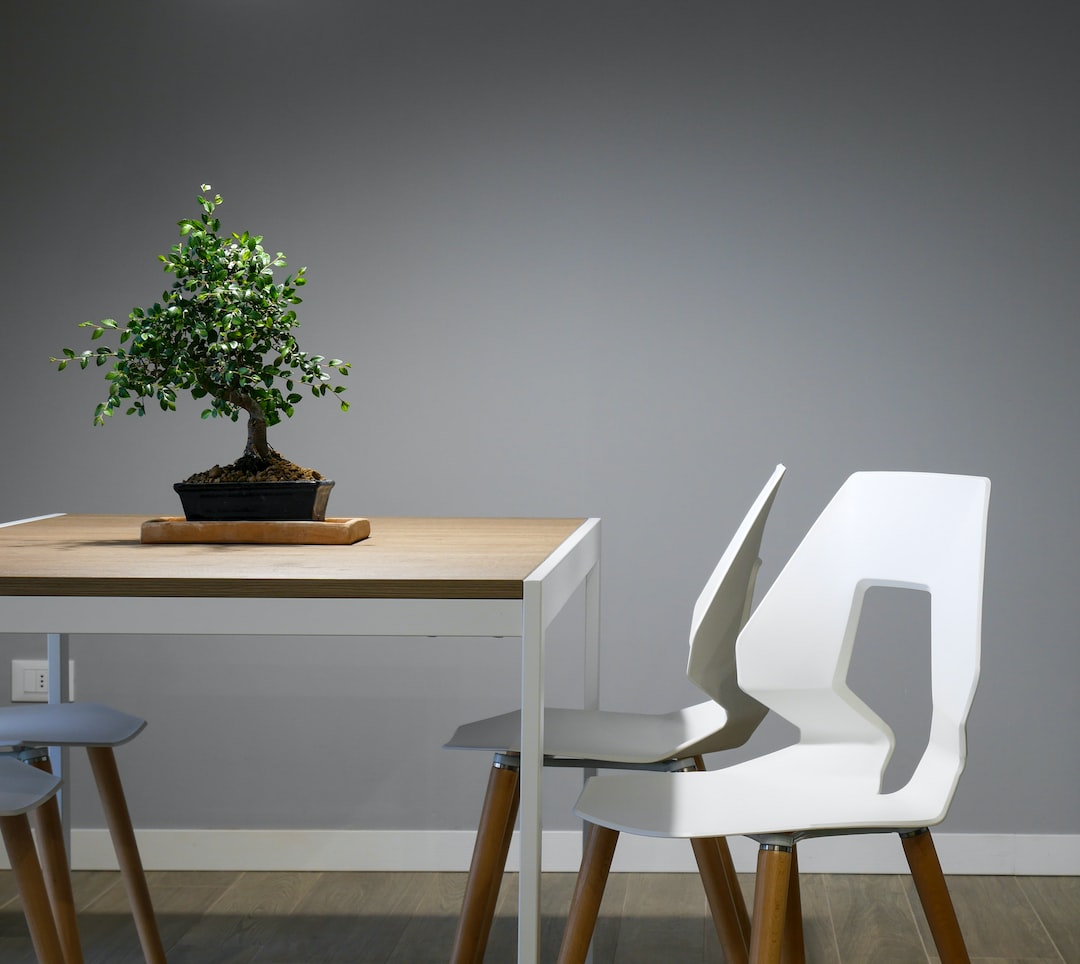Arranging furniture in a room may seem like a simple task, but it can greatly impact the flow and functionality of your space. Creating a harmonious flow in your living areas not only enhances aesthetic appeal but also contributes to a comfortable and relaxing environment. Whether you’re starting from scratch or reorganizing your current layout, these tips will help you arrange your furniture to create better flow.
1. Plan and Measure: Before you start moving furniture around, take some time to measure the dimensions of the room. This will help you determine the size and scale of the furniture that will fit best without overwhelming the space. Planning the layout on paper or using a virtual room planner can also give you a clearer visual of how everything will come together.
2. Define the Function: Consider how you will use the room and what activities will take place there. By defining the function of the space, you can arrange your furniture accordingly. For example, in a living room, you may want to prioritize conversation areas and ensure all seating options have easy viewing angles of the television or fireplace.
3. Create Pathways: Allowing for clear pathways throughout the room is essential for good flow. Avoid placing furniture in a way that obstructs the natural flow of traffic. Leave enough space between and around pieces of furniture to ensure easy movement and prevent the room from feeling cramped or cluttered.
4. Focus on Focal Points: Every room has a focal point, whether it’s a fireplace, a stunning view, or a piece of artwork. Arrange your furniture in a way that highlights these focal points. For example, if you have a grand fireplace, position seating options around it to create an inviting gathering space.
5. Consider Balance and Symmetry: Achieving a balanced and symmetrical arrangement can make a room feel more organized and visually appealing. Place furniture of similar sizes opposite each other, and aim for an even distribution of weight and visual interest throughout the space. This can be achieved by incorporating pairs of identical or similar pieces, such as matching armchairs or side tables.
6. Keep Proportions in Mind: The size of your furniture should be proportional to the room. Oversized furniture in a small space can make it feel cramped, while tiny furniture in a large room may appear lost. Choose furniture that fits comfortably within the space and complements its scale.
7. Embrace Conversational Arrangements: Encouraging conversation is important, especially in social areas like living rooms. Position seating options facing one another to create an inviting and intimate atmosphere. A well-designed conversation area will bring people together and facilitate interaction.
8. Maximize Natural Light: Take advantage of natural light by arranging furniture in a way that allows the maximum amount to flow into the room. Avoid placing large pieces in front of windows or obstructing the view.
9. Leave Room for Storage: To avoid clutter and maintain a clean and organized space, incorporate storage solutions into your furniture arrangement. Utilize bookcases, shelves, or hidden storage compartments to keep the room tidy and functional.
10. Experiment and Adjust: Don’t be afraid to experiment with different furniture arrangements until you find the perfect flow for your space. Sometimes, it takes a bit of trial and error to strike the right balance. Be open to making adjustments as needed, and remember that creating a well-flowing room is an ongoing process.
In conclusion, arranging furniture to create better flow in your home requires careful planning, measurement, and consideration of the room’s function. By focusing on pathways, balance, symmetry, and emphasizing focal points, you can transform any space into a well-organized and inviting environment. Remember, the goal is to create a space that is visually pleasing, functional, and conducive to relaxation and socialization.
